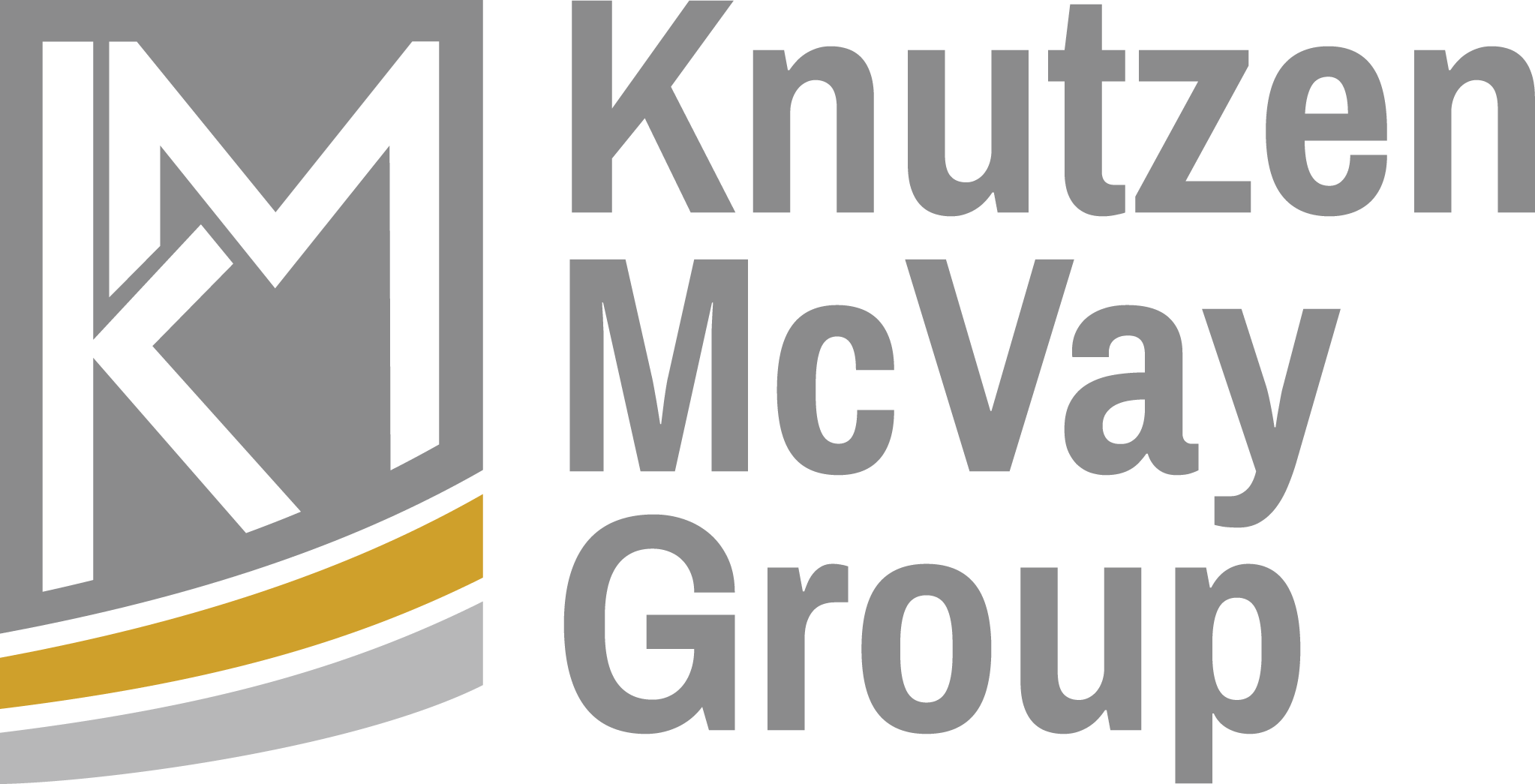
10 Jan Consequences of Delta Dental Fee Reductions

Consequences of Delta Dental Fee Reductions
January 2017
When the Delta Dental contract fee reductions went into effect midway through 2011, we observed many “evasive action” measures. Some worked moderately well and others did little. The most obvious was looking closely at current overhead and where expenses could be lessened or removed completely. In most practices, staffing is the greatest of all operational costs. While few actually terminated staff members, many did reduce some hours and looked to consolidate positions if a staff member left.
We also saw a noticeable decline in benefits offered and freezing in current wages. Other expenses targeted were that of lab and supplies. Supply ordering and inventory became more closely monitored and alternative lab sources were sought. Interest greatly increased in CAD/CAM technologies and implementation of such equipment. Many of our clients notably reduced their lab overhead, but of course there was a trade off in capital expense. The “benefit” of implementing this technology should be carefully evaluated, as it differs from practice to practice predicated upon doctor philosophy and patient volumes.
We also found ourselves working with more clients in practice mergers. With so much of the practice overhead being “fixed” (doctor pays regardless of patient flow), it made more sense than ever to maximize capacity. A quick means of doing this is through the purchase of another practice provided the two are closely aligned. We also participated in a number of mergers in which a pair of doctors came together in the same space as partners. With each of these situations comes a great deal of discovery and planning.


